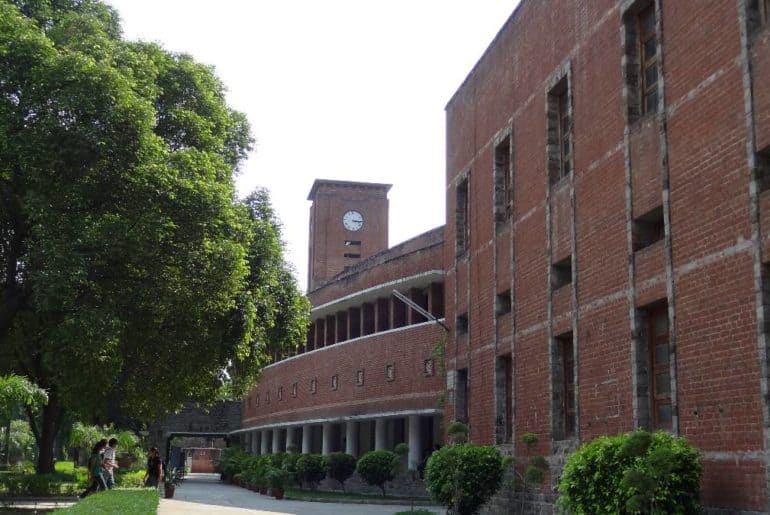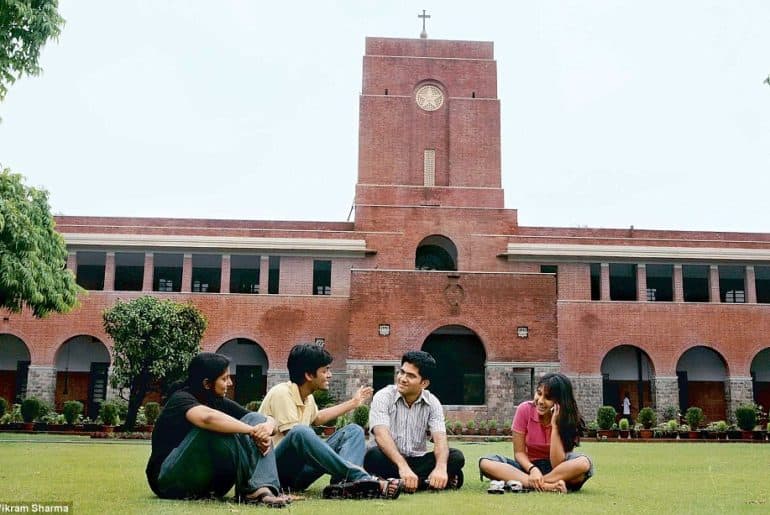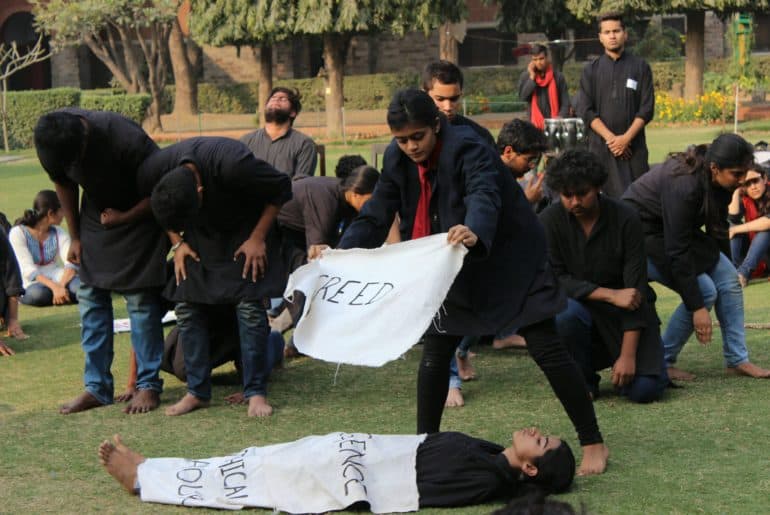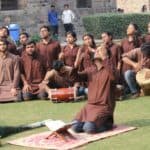From sudden infrastructural changes to administrative departments running around and looking all dazed and cold feet, whether we choose to agree or disagree, but the preparation for NAAC inspection sent almost every college in a frenzy last year. And with the NAAC Peer Team coming, preparations caught up in full swing, involving an uncanny resemblance to a household situation where an unforeseen wedding had suddenly come up. With all the white-washing, denting-painting, revamping, reckless spending of money, running around, fake smiling, boastful talks about one’s college in the air during ‘NAAC days’, our belief in the aforementioned analogy only gets stronger.
With a panel touted as a meticulously chosen handful of very experienced academicians and people who understand the ‘education system very well’ coming and assessing colleges under NAAC, the question arises, does a grading matter after all?
What is NAAC?
The National Assessment and Accreditation Council (NAAC) is an autonomous body established by the University Grants Commission (UGC) of India to assess and accredit institutions of higher education in the country. An outcome of the recommendations of the National Policy in Education (1986) which laid special emphasis on upholding the quality of higher education in India, the NAAC was established in 1994 with its headquarters at Bangalore.
Upon requests by individual colleges and universities, the primary accreditation agency of the country conducts assessments and grades institutions. The agency’s cumulative gradation of institutions is based on parameters like curriculum, faculty, research, infrastructure, learning resources, organisation, governance and student services.
The process: How does it accredit colleges
Assessment and Accreditation are broadly used for understanding the “Quality Status” of an institution. In the context of Higher Education, the accreditation status indicates that the particular Higher Educational Institutions (HEI) – a College, a University, or any other recognised Unit therein, meets the standards of quality as set by the Accreditation Agency, in terms of its performance, related to the educational processes and outcomes, covering the curriculum, teaching-learning, evaluation, faculty, research, infrastructure, learning resources, organisation, governance, financial well-being and student services.
The top and the bottom: How did DU perform
While most colleges applied for the NAAC accreditation long back, the visits majorly took place last year and the scores were released soon after. In the initial phase, IPCW secured a CGPA of 3.33 (Grade A) and ANDC secured the second spot by getting a CGPA of 3.31 (Grade A). These were followed by Gargi College (3.30), St. Stephen’s College (3.21), Jesus and Mary College (3.26), Shaheed Sukhdev College of Business Studies (3.16), Ramanujan College (3.06), Shivaji College (3.26), Sri Guru Gobind Singh College of Commerce (3.02), Keshav Mahavidyalaya (3.01), Bharati College (2.85), PGDAV (2.74), Deen Dayal Upadhyaya College (2.63), and Motilal Nehru College (2.60).
Later in the year, SRCC and LSR emerged at the top with a whooping score of 3.65 and 3.61 respectively. Take a look at the top 10 scorers in the table here.
Top 10 scorers

These scores are valid for five years after which the colleges will again have to apply for accreditation. It was in 2012 that UGC made accreditation compulsory for higher educational institutions and DU executive council adopted the decision in 2014.
Does the grade even matter?
As far as we remember, such a panel as meticulously chalked out as NAAC didn’t exist many years back. While grading brings in a state of competitive spirit (as if the previous branding and rep-bias that exists in the university wasn’t enough already) the question arises, does the same grade then not end up shining the pride of the already well established and some popular DU colleges and create biases against some others who might actually be needing a lift from the loom of being less sought after and meagerly funded?
Whether the committee gives out grades on the hastily dip-dyed infrastructure especially revamped for their visit or the actual system in place is still a question for many to ponder upon.
The accreditation process got a thumbs up from some colleges, however, many raised objections over the assessment criteria too from time to time. Speaking to a popular national daily, Babli Saraf, principal of Indraprastha College for Women, said there shouldn’t be a “one-size-fits-all” criteria for colleges. “The criteria shouldn’t be the same for a liberal arts college like ours, where we do not have the provisions for a laboratory and are not involved in research publications,” she said.
In most cases, colleges started a laborious and hasty revamp revolution, to save their grace in front of the NAAC peer team and not to raise their quality standard in general altogether. When your transformation drive is initiated to fulfil a set of stipulated ideas by a panel that is not even remotely looking at how you provide for the students, the timely assessment of whether the students and teachers are happy with the administration of the college, whether the college has some unique traits that may not figure in its already set parameters, if the college is lacking in research, what should it do, then that grading doesn’t stand much ground. The NAAC website says that they provide a ‘qualitative part of the outcome as a Peer Team Report (PTR)’ which is an objective report prepared by the Team highlighting its evaluative judgements, mostly using precise keywords instead of long sentences about the college under consideration, but I doubt these objective answers bring any real on-ground changes.
Does a low grading not mar the reputation of a college that might be in dire need of those funds, facilities and attention that it rightfully deserves in order to raise itself to a better education imparting platform? What good is a grade for colleges that are already popular among students and parents and get truckloads of funds? Should a grade not help encourage a college to become a more holistic space than label it as an ‘A’, ‘B’ or ‘C’ type college for years to come. Finally, does a grade mean anything more than a fancy wall hanging of a newspaper clipping on the college walls for many many years, or does it actually ignites change? This is for time to tell and for us to ponder.
If you are interested in reading about NAAC and the process, log on to http://www.naac.gov.in/ for detailed information.
Feature Image: DU Beat
Riya Chhibber













